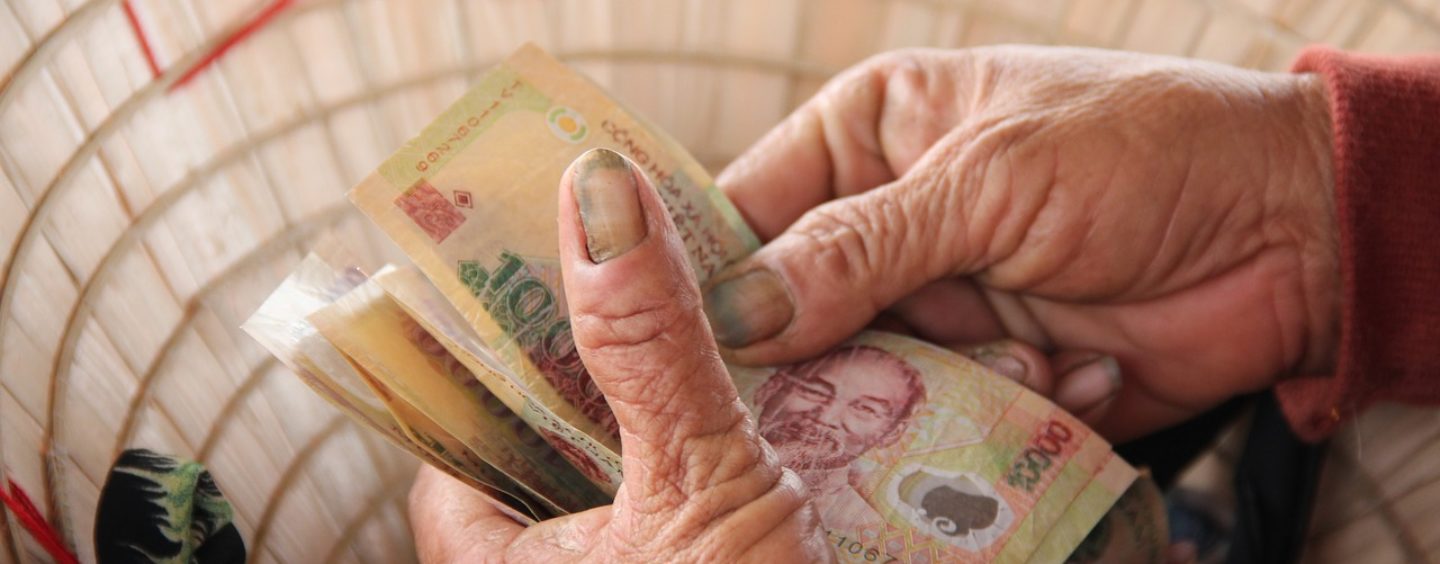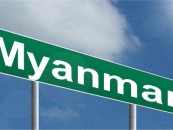
Vietnam Announces Major Initiative to Become Cashless by 2020
by Fintech News Singapore January 31, 2017Vietnam’s deputy prime minister Vuong Dinh Hue has signed a policy decision aimed to dramatically reduce cash transactions and improve electronic payment methods by 2020, according to a report by Viet Nam News.
The new plan would not only provide the infrastructure and equipment to turn Vietnam into a cashless economy; it also intends to fundamentally change the payment habits of Vietnamese.
More specifically, the plan seeks to reduce the number of cash transactions to less than 10% of total market transactions in all supermarkets, shopping malls and distributors by 2020; 70% of transactions related to utility services and telcos; and 50% of total urban households.
To encourage individuals and entities to use electronic payment methods, fees on cash payments could be increased while those on electronic payments for credit organizations and commercial banks could be reduced.
The plan further proposes the development of new payment methods for rural and remote areas. The purpose would be to increase financial inclusion and overall access to basic financial services and have at least 70% of Vietnamese over the age of 15 owning a bank account by the end of 2020. Social welfare and pensions would also be paid through electronic payment methods.
A national payment network
Le Xuan Nghia, a member of the National Advisory Council on Finance and Monetary Policy, said that the plan will benefit both consumers and businesses, noting that electronic payments will allow for cost savings and greater efficiency. He advises implementing the policy in the nearest future.
Nevertheless, Nghia pointed out that cybersecurity remained a major concern.
He also encourages the creation of an automatic payment center by the State Bank of Vietnam, connecting consumers and businesses and commercial banks. He noted that neighboring countries including Malaysia, Thailand and Singapore, have long built such centers. He said that these drawbacks could be resolved in three to four years.
The electronic commercial payment system would connect bank payment infrastructure with retailers and businesses to create a national payment network. It would also include government financial agencies such as the central bank, the General Department of Customs and the General Department of Taxation.
Point of sale (POS) systems and automatic teller machines (ATMs) would be improved and would expand to healthcare facilities, public transportation and the education sector. The government will also encourage the use of multi-purpose magnetic cards.
The initiative should enable greater transparency, prevent tax evasion and improve documentation for both individuals and organizations.
Despite Vietnam still being a cash-dominant economy, cash payment has declined in Vietnam by 2% in the past six years, dropping from 14% in 2010 to the current 12%, according to Viet Nam News.
A report released by the State Bank of Vietnam earlier this month, suggests that the number of bank accounts, bank cards, POS and ATMs have significantly increased since 2010, an indicator of Vietnam’s steady shift to a more modern and digital economy.
Another key driver has been the rise of e-commerce. In 2015, business-to-consumer e-commerce sales reached US$4.07 billion, a 37% increase compared to 2014.
E-commerce accounted for about 2.8% of total retail sales and consumption services revenue nationwide, according to the 2015 Viet Nam E-commerce Report by the E-commerce and Information Technology Agency (Vecita) under the Ministry of Industry and Trade.
Featured image via Pixabay.






